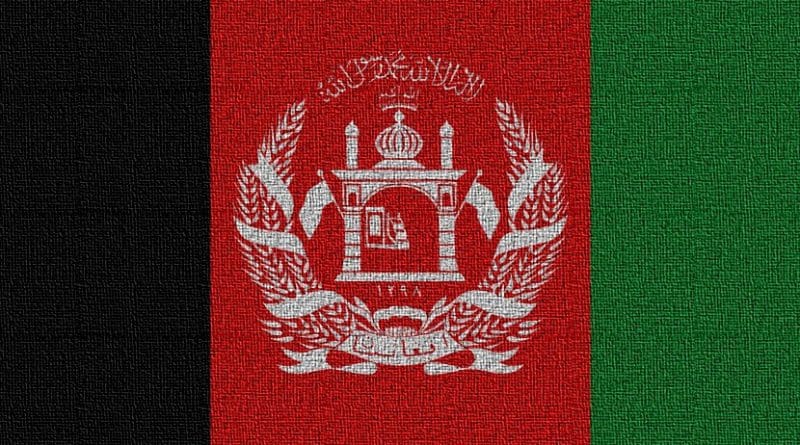Nuristan: The Second Front In The Afghan Insurgency – Analysis
By IPCS
By Raghav Sharma
Much has been written about the US surge, much of it being directed towards mounting military offenses against the Taliban in its traditional strongholds in the south. NATO generals too have laid tall claims at having made ‘credible’ yet ‘fragile’ gains in the region. In contrast relatively scant attention has been paid to the Taliban literally laying bare NATO’s doctrinal strategy of ‘clear, hold and build’ in the far flung, yet what could prove to be a critical hold in eastern province of Nuristan.
Since 2009 when the Taliban overran camp Keating in Kamdesh district of Nuristan province, the coalition troops have successfully lost ground. Today of the eight districts comprising Nuristan province, six of them – Barg-e-Matal, Wagal, Kamdesh, Mandol, Doab and Noorguram – are under effective Taliban control. The problem is further compounded by a complete abdication by the Afghan state of its duty to govern the province. The increasing momentum acquired by the Taliban is significant on several counts.
First, the growing strength of the insurgency in a province entirely inhabited by non-Pashtun tribes which are ethno-linguistically different from the rest of the Afghan populace and also relatively recent converts to Islam, signals an expanding social base of the insurgency and lends strength to the Taliban’s pan-Afghan claims.
Second, geographically, the province’s location is critical. It borders Badakshan and Panjsher provinces in the north, and Laghman, Nangarhar and Kunar Provinces in the east. Of these Panjsher, Laghman and Nangrhar all share a border with Kabul province. Thus, gaining strength in this remote and topographically harsh province provides insurgents with a firm foothold to stir trouble in the relatively calmer provinces in the north and further strengthen their position in the east. While Kunar province has remained unstable for quite a while now, security in the relatively calmer neighbouring provinces of Nangarhar and Laghman has shown signs of deterioration over the course of the year.
Third, with troop drawdown slowly underway, and large reinforcements in the region unlikely in the near future, the Taliban appear confident of further consolidating their military gains. The prevailing military balance has thus significantly hindered the possibility of international troops regaining any significant military momentum in Nuristan. Thus, of late the situation has forced the international military forces to exercise the option of using surface-to-surface missiles (SSMs), fired from Jalalabad airfield, to target insurgents. For instance on 10 October four villages were targeted in Waigal district, where it was believed training camps had been set up by militants. While casualties were reported the numbers and nature remain unclear. The option to use SSMs is likely to result in collateral damage and further undermine NATO’s proclaimed goal of winning ‘hearts and minds’.
Fourth, with the area under de-facto control of the Taliban a number of other militant groups such as the Lashkar-i-Toiba, Lashkar-i-Jhangvi and the Hizb-i-Islami are said to be exteremely active in the province. This development is likely to cause immense unease in New Delhi given the past history and actions of these groups. Significantly the province also borders Pakistani-controlled Kashmir, and people from the province often refer to the effective use of political and economic marginalization of the province coupled with a clever deployment of religion to recruit locals for their proclaimed jihad, many of them enlisting as foot-soldiers for fighting Indian forces in Jammu and Kashmir.
With scant development to speak of – only 6 of the 800 approved projects being implemented thus far according to provincial Governor Tarmim Nuristani – hardly any economic avenues are available to the people and the Afghan government and its international partners having steadily ceded ground. It therefore comes as little surprise that the Taliban and its affiliates have successfully filled the vacuum. The groups operating in the province reportedly pay a sum of PKR 50,000 each year as ex-gratia payment to families of those killed in combat, while orphans receive PKR 800 per month. The payments are disbursed with clinical efficiency, while the Afghan government, citing infrastructural issues, struggles to even ensure that government employees receive paltry salaries at least every few months in Nuristan.
Thus, for the reasons elucidated above the unfolding scenario in the east, particularly Nuristan should be a cause for considerable concern in both Kabul and Washington. It calls for immediate and effective measures to arrest and reverse the current trend. This requires a synchronization of good governance efforts with security, which in turn can be realistically worked towards by tailoring the gradual military drawdown to realities as they exist on the ground as opposed to rigid timetables and political expediency being its guiding force.
Raghav Sharma
Doctoral Candidate, Willy Brandt School of Public Policy, University of Erfurt and Research Analyst, Kabul Center for Strategic Studies, Kabul
email: [email protected]

